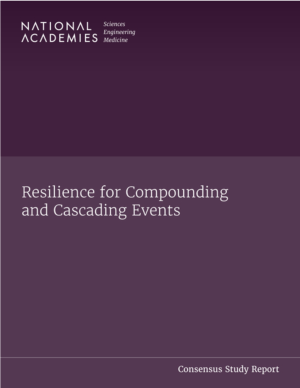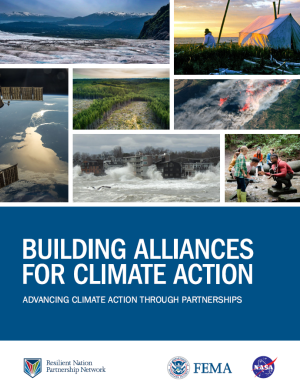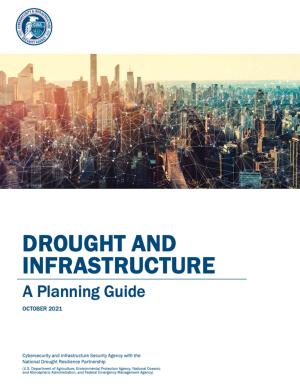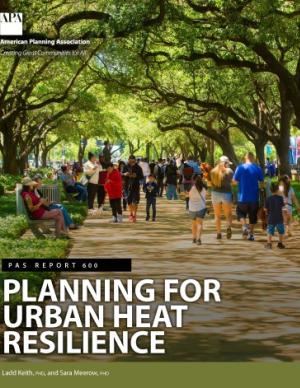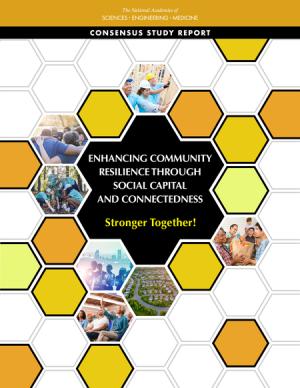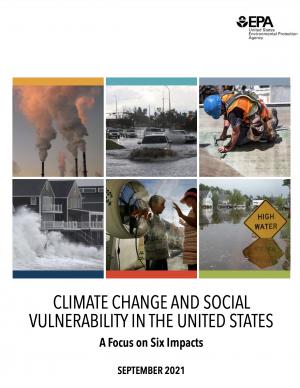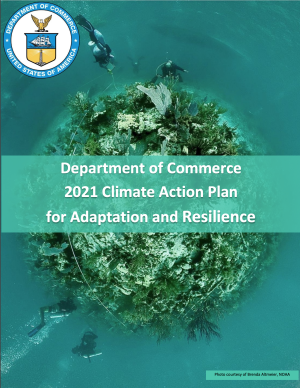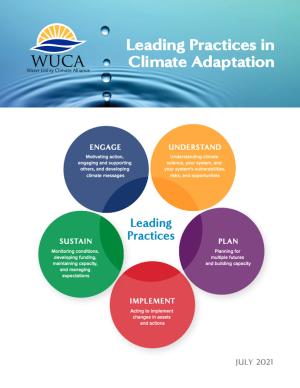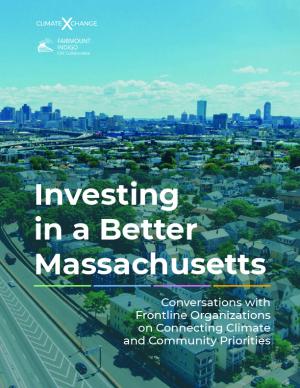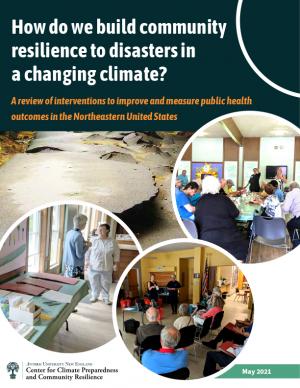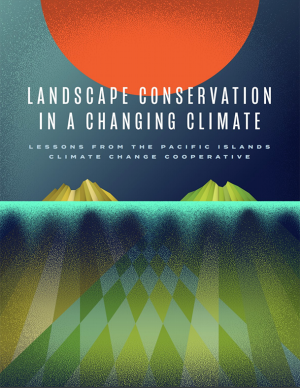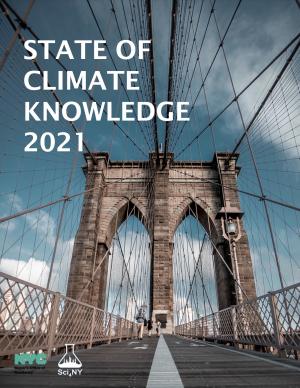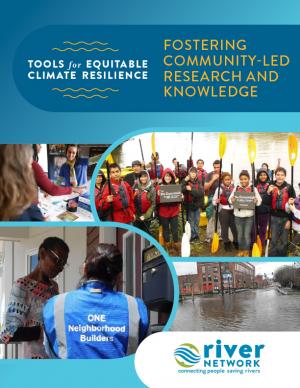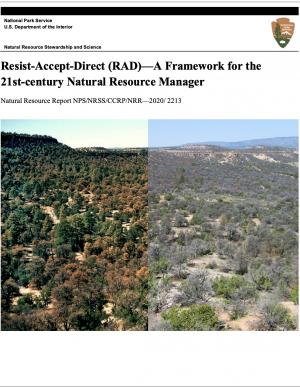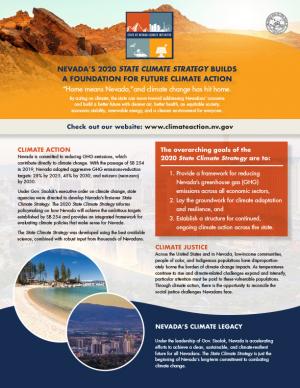There have been decades of discriminatory policies, practices, and embedded bias within infrastructure planning processes. It remains unclear which research strategies can ensure that infrastructure investments help increase resilience and improve equitable decision-making—and do not inadvertently impact—vulnerable and disadvantaged communities.
This consensus study report, developed by the National Academies’ Resilient America Program’s Committee on Hazard Mitigation and Resilience Applied Research Topics, identifies three applied research topics as being particularly important for natural hazard mitigation and resilience for Equitable and Resilient Infrastructure Investments:
- partnerships for equitable infrastructure development
- systemic change toward resilient and equitable infrastructure investment
- innovations in finance and financial analysis.


